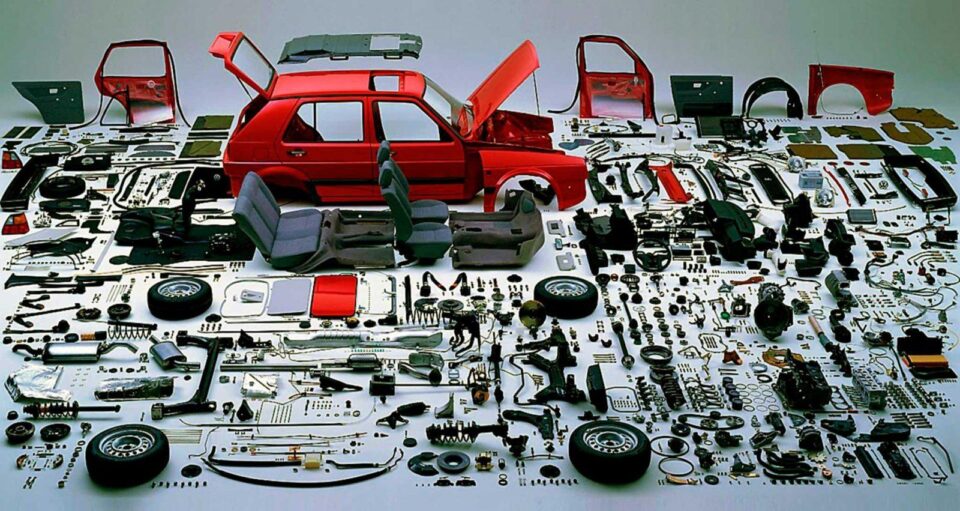In the world of auto repair and restoration, the proper storage of auto parts is crucial. This is particularly true for heat-sensitive components, which can be significantly affected by environmental conditions. High temperatures, for instance, can lead to the degradation of various materials like rubber, plastic, and even some metals, altering their functionality and longevity. For auto shop owners, understanding the vulnerabilities of these parts to heat is essential for maintaining their quality and reliability.
This article will explore the different types of auto parts that are sensitive to heat, the potential risks associated with improper storage, and the importance of climate-controlled environments. The goal is to provide valuable insights into why investing in the right storage solutions is not just a matter of organization, but a critical step in preserving the integrity and performance of essential auto components.
The Impact of Heat on Different Auto Parts
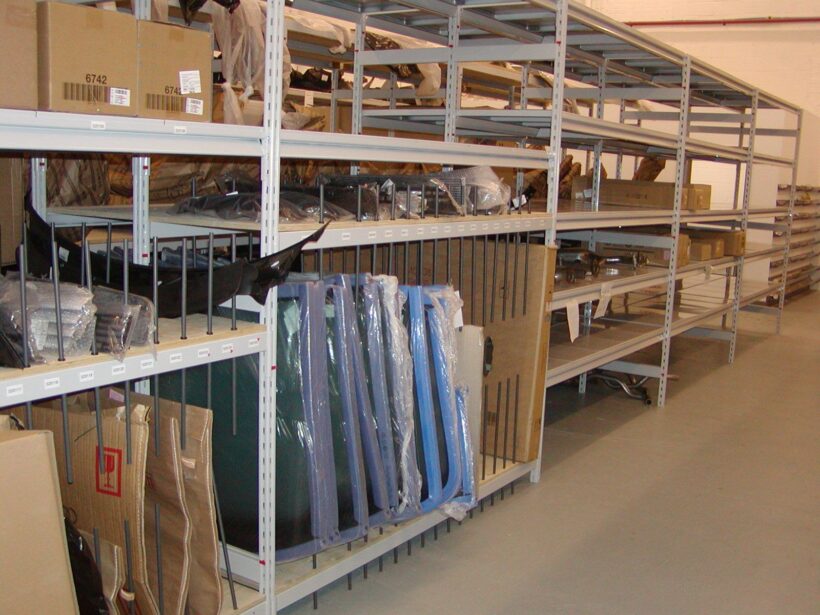
Heat can have a detrimental effect on various auto parts, making the choice of proper storage crucial. Certain components are particularly vulnerable to high temperatures. For instance, rubber parts like hoses and belts can become brittle and lose their flexibility when exposed to heat over time, leading to cracks and potential failures. Similarly, electronic components and batteries are susceptible to heat-induced damage, which can reduce their efficiency and lifespan.
Fluids, such as engine oil and brake fluid, can also degrade more rapidly in hot conditions, impacting their performance. Upholstery and plastic components inside the vehicle can warp or fade due to prolonged heat exposure. For these reasons, selecting an appropriate storage for vehicles and their parts is essential. Climate-controlled storage units offer a solution to protect these sensitive components from extreme temperatures, ensuring they remain in optimal condition. Understanding how different parts react to heat helps in making informed decisions about their care and storage, ultimately contributing to the longevity and reliability of the vehicle.
Exploring Climate-Controlled Storage Features
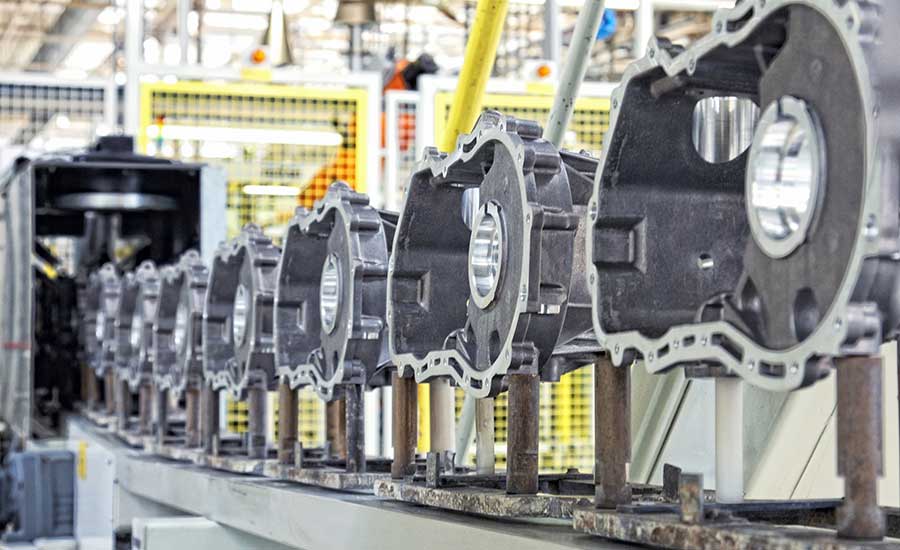
Climate-controlled storage offers a range of features specifically designed to protect heat-sensitive auto parts, ensuring their longevity and functionality.
Key elements of these storage solutions include:
- Temperature Regulation: Maintains a consistent, moderate temperature.
- Humidity Control: Reduces moisture levels to prevent rust and corrosion.
- Air Quality Management: Filters out dust and pollutants.
- Enhanced Security: Protects against theft and vandalism.
- Customizable Spaces: Adaptable storage options for different part sizes.
These features, as outlined in resources like Energy Star, provide an optimal environment for storing sensitive auto components. Temperature regulation is crucial in preventing the deterioration of materials like rubber and plastic. Humidity control is vital for metal parts, protecting them from rust and corrosion. Good air quality ensures that parts remain free from dust and other contaminants that could impair their performance.
Enhanced security features offer peace of mind, safeguarding valuable components. Customizable spaces allow for the efficient organization and easy access to various parts. Together, these features make climate-controlled storage an ideal solution for preserving the quality and integrity of heat-sensitive auto parts.
Benefits for Auto Shops Using Climate Control
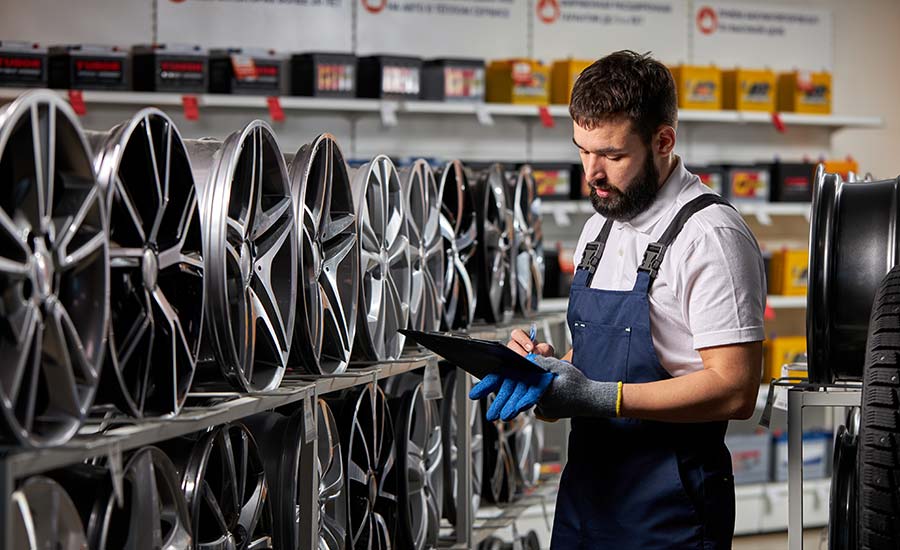
Auto shops utilizing climate-controlled storage for their heat-sensitive parts gain several significant benefits. Firstly, it extends the lifespan of parts such as batteries, rubber hoses, and electronic components, which are prone to heat damage. This longevity reduces the frequency of replacements, providing cost savings in the long term.
Secondly, climate control preserves the performance quality of these parts, ensuring they work as intended when installed in vehicles. This reliability is crucial for maintaining the reputation of the auto shop for quality service and customer satisfaction.
Moreover, such storage environments protect against external elements like dust and moisture, further safeguarding the parts’ condition. For auto shops, this translates to less time and resources spent on part maintenance and more focus on core business activities. Additionally, the ability to store parts effectively allows for better inventory management and organization, making operations more efficient. Overall, the investment in climate-controlled storage aligns with the goal of providing high-quality service and enhances the operational efficiency of auto shops, making it a wise decision for businesses in the automotive industry.
Comparing Costs: Standard vs Climate-Controlled
When deciding between standard and climate-controlled storage for auto parts, understanding the cost implications is crucial.
Several factors influence the cost difference:
- Initial Setup and Maintenance: Climate-controlled units typically have higher setup and ongoing maintenance costs due to their advanced features.
- Energy Consumption: These units consume more energy to regulate temperature and humidity, impacting operational costs.
- Rental Rates: Generally, climate-controlled storage units command higher rental rates than standard units.
While the initial investment in climate-controlled storage might be higher, as detailed by the U.S. Department of Energy, the long-term benefits often outweigh these costs. The protection it offers against heat damage can prevent the frequent replacement of sensitive auto parts, leading to significant savings over time.
Additionally, maintaining the optimal condition of parts ensures customer satisfaction and the credibility of the auto shop. Therefore, auto shop owners must weigh these factors, considering both the immediate financial impact and the long-term benefits, to make an informed decision about the type of storage that best meets their business needs.
Best Practices in Storing Auto Parts
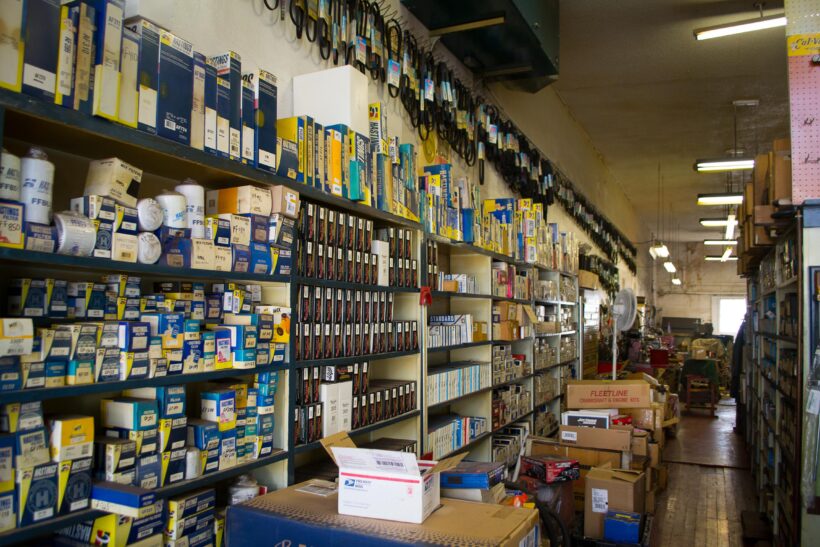
For auto shop owners, employing best practices in storing auto parts, especially those sensitive to heat, is not only about preservation but also a smart business strategy. Proper storage extends the life of parts, ensuring they perform optimally when used. It’s crucial to organize parts systematically for easy access and efficient inventory management. Regularly checking the storage environment for consistent temperature and humidity levels is also essential.
Utilizing climate-controlled storage can be a way to save money in the long run by reducing the need for frequent part replacements due to heat damage. Additionally, keeping storage areas clean and free from dust and pollutants helps maintain the quality of the parts. These practices, while seemingly straightforward, play a significant role in the operational efficiency and cost-effectiveness of an auto shop, ultimately contributing to better service quality and customer satisfaction.
The Value of Climate-Controlled Storage
In summary, climate-controlled storage presents a valuable solution for auto shops to maintain the integrity and functionality of heat-sensitive auto parts. It represents a strategic investment that balances initial costs with long-term benefits, enhancing business efficiency and customer trust.

